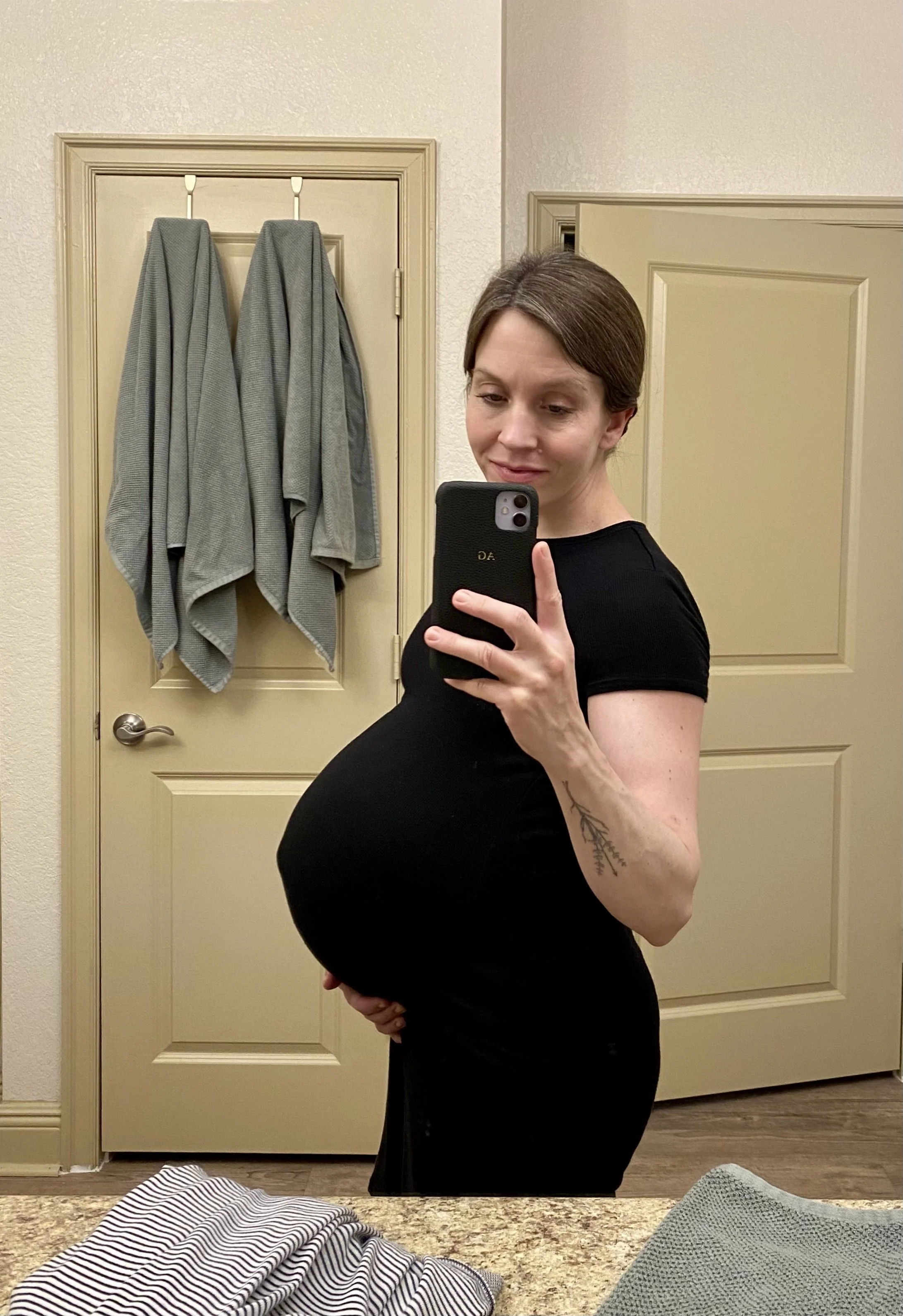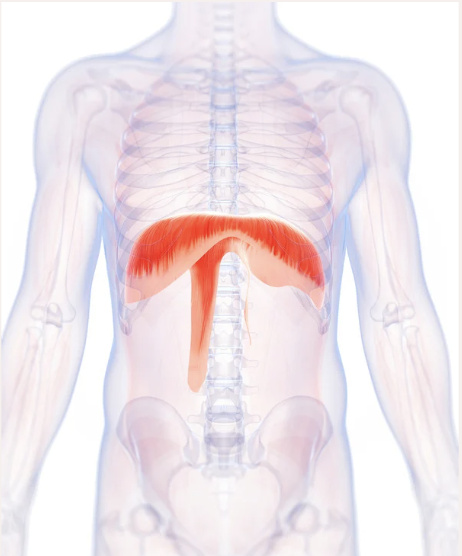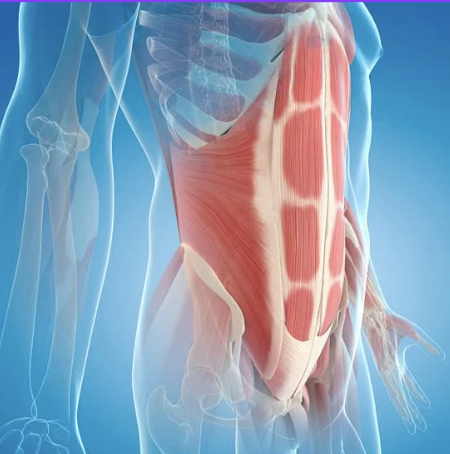Rebuilding Your Core After Pregnancy
After having a baby, many moms are eager to “get their core back”—but few know where to start. You might be wondering:
Do I just do sit-ups?
Can I return to the gym?
What if things don’t feel quite right?
Following my twin pregnancy, I was thinking the same thing. I no longer recognized this body of mine. A twin pregnancy really does a number on the body—physically, mentally, emotionally. I was dealing with diastasis recti, and even though I had helped so many women through it, it’s a lot more humbling when you have to treat yourself.
P.S. Wondering about Diastasis Recti?
You're not alone—and you don’t have to guess your way through healing. Check out This Post all about what DR is, how to check for it, and what actually helps (hint: it’s not crunches). Hit Subscribe so you are the first to know when a new post drops, and receive a Free downloadable PDF as well!
So when I say “start with the basics,” I mean it—because I had to do the same thing. I had to walk the walk and reconnect with my breath, my deep core, and my pelvic floor. That’s where I want to start with you today.
34 Weeks Pregnant with My Boys!
Can you believe I still had two and half more weeks to go before the boys made their debut?
As a Pelvic Health Physical Therapist, I help postpartum women rebuild their strength from the inside out—starting with three key players: the diaphragm, transversus abdominis, and pelvic floor muscles.
Let’s break it down so you can feel confident and supported in your recovery.
What Is Your Core, Really?
When we hear “core,” we often think of six-pack abs—but it’s so much more than that. Your core includes your:
Diaphragm (your breathing muscle under the ribs)
Transversus Abdominis (your deep abdominal stabilizer—it’s like your body’s natural corset)
Pelvic Floor Muscles (the group at the bottom of your pelvis, responsible for bladder, bowel, and sexual function)
And supporting players like your glutes and muscles surrounding the spine
These muscles work together to support movement, posture, and yes—even sneezing without leaking. When they’re out of sync after pregnancy and birth, that’s when things start to feel…off.
The Big Three: Where I Had to Start Again
After treating so many women in this phase, I thought I knew what to expect. But postpartum recovery—especially after twins—is humbling. I had to come back to the beginning, and honestly, that’s where the real healing happens.
Let’s walk through the exact steps I used to rebuild my foundation.
1. Diaphragmatic Breathing
Here’s how I practiced it (often with one baby napping on me and the other in a bouncer):
Lie on your back with knees bent
Place one hand on your chest and one on your belly
Inhale through your nose—feel your belly rise more than your chest
Exhale through pursed lips
Use this breath during daily tasks and, eventually, while exercising
This kind of breathing cues your deep core and pelvic floor to turn on.
2. Transversus Abdominis (TA) Activation
This deep abdominal muscle is your body’s built-in brace. It wraps around your midsection like a corset and helps protect your spine and support your pelvis.
To reconnect with it:
Lie on your back with your knees bent
Find your hip bones, then move fingers about an inch in and down
Inhale deeply
On your slow exhale, gently draw your lower abs inward—like zipping up a low-rise pair of jeans
You should feel a gentle tension beneath your fingertips—not sucking in or holding your breath
Early postpartum, this felt nearly impossible for me—but it got easier with consistent, gentle practice.
3. Pelvic Floor Coordination
Your pelvic floor isn’t just about “Kegels.” These muscles need to contract and relax in sync with your breath.
Here’s what I practiced:
Inhale and feel your pelvic floor soften and drop
Exhale and gently lift the pelvic floor (think: stopping the flow of urine)
Sync this with your breath and daily movements—especially lifting, standing, or bending
This helped me avoid straining and slowly brought back a sense of control and connection in my own body.
How to Progress These Movements
Once you’re comfortable practicing these on your back, try them in:
Hands and knees
Seated
Standing
Add them to everyday movements and workouts—exhale on effort (like lifting, pushing, or moving).
Postpartum Core Exercises to Try
Here are safe, progressive movements that can be added once you’ve mastered breathing, pelvic floor, and TA activation:
✅ Alternating Toe Taps
✅ Dead Bug
✅ Bird Dog
✅ Modified Side Plank
Always check in with your breath and pelvic floor—inhale to prepare, exhale on effort.
Final Thoughts
Postpartum recovery isn’t a 6-week timeline—it’s a process. And it’s okay if you’re still figuring it out weeks, months, or even years later.
I’ve been there. I’m still living it. And I want you to know: You can feel strong again. You can reconnect with your core. You can start today.
If you’re unsure where to begin, start with your breath. That’s what I did—and it truly changed everything. Pro tip: Breathing also helps calm the nervous system, which is SO important in parenting.
Stay Connected
Want more expert tips, like the diastasis recti one I mentioned? Be sure to Subscribe so you are first to know when a new post drops. You’ll also receive a Free downloadable PDF (10-Minute Guide to Strengthening Your Core) when you hit Subscribe!
Disclaimer: This post is educational and not a substitute for medical care. If you have concerning symptoms, please consult your healthcare provider.



